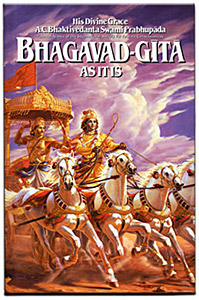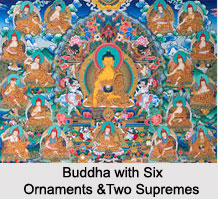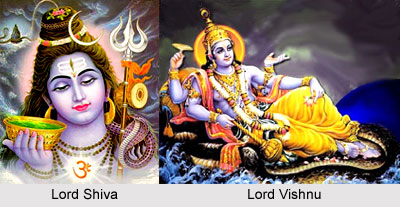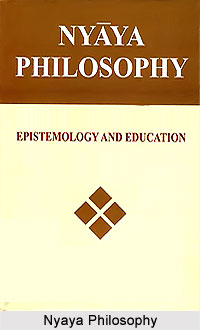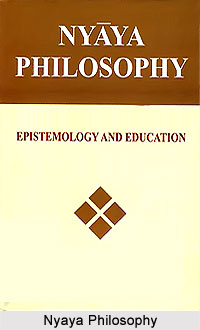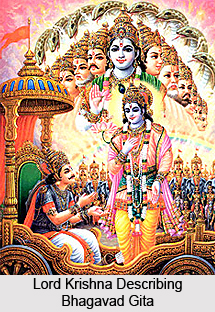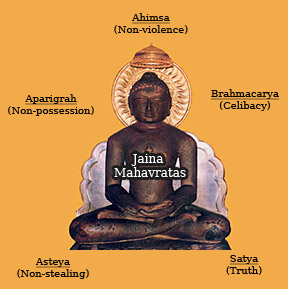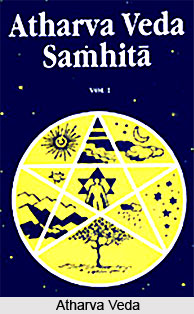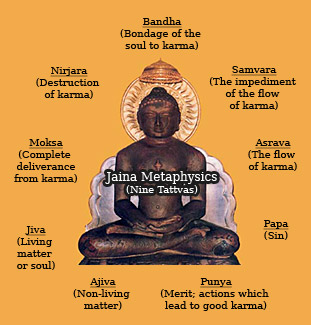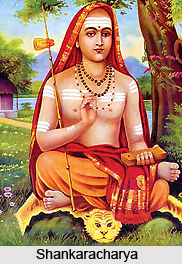 The Vedic Dharma what India is experiencing today is due to Sankara. At the time of Sankara, there were numerous and powerful prevalent opposed to Vedic religion than what they are today. Still, within a very short time, without assistance, Sankara overwhelmed them all and furbished up the Vedic Dharma and Advaita Vedanta to its pristine purity in India with pure knowledge and spirituality.
The Vedic Dharma what India is experiencing today is due to Sankara. At the time of Sankara, there were numerous and powerful prevalent opposed to Vedic religion than what they are today. Still, within a very short time, without assistance, Sankara overwhelmed them all and furbished up the Vedic Dharma and Advaita Vedanta to its pristine purity in India with pure knowledge and spirituality.
In the history of Indian philosophy, Sankaracharya occupies a very significant position.. His lessons are still throbbing in every cell and in every living substance of the true aspirer and the true Hindu.
In the Advaita (Sub school of the Vedanta school ;of Hindu Philosophy) Tradition, Shankaracharya is a commonly used title for the heads of the Mathas or monasteries. The title derives from Sankara of Kaladi, a theologian of Hinduism also known as adi Shankaracharya (the first Shankara in his lineage) who served as the first philosopher to solidify the doctrine of Advaita Vedanta. He has established four mathas in the four regions of India.
Adi Sankara is the historically recognized first teacher in the lineage. On the wholeness of the soul and Brahman, in which Brahman is regarded as without attributes (refers to Supreme Reality which pervades through the universe) is the foundation of His teachings. Adi Shankara is regarded as an incarnation of Shiva, in the Smarta tradition.
He has extensively toured India for circularizing His teachings. Yhe Dashanami monastic order and the Shanmata tradition of worship were founded by the Adi Shankara. As tradition said that the four institutions have been established by Adi Sankara, which has played an instrumental role in the historical development, resurgence and spread of post-Buddhist Hinduism and Advaita Vedanta.
They are;
•The `Uttaramnaya matha`, or northern matha at Joshimath
•The `Purvamnaya matha` or eastern matha, the Govardhana matha, at Puri
•The `Dakshinamnaya matha`, or the Sringeri Sharada Peetham, the southern matha,
at Shringeri
•The `Paschimamnaya matha`, or the Dwaraka Pitha, the western matha, at Dwarka
According to Hindu tradition, He put in charge his four main disciples of these mathas: Sureshwaracharya, Hastamalakacharya, Padmapadacharya, and Totakacharya respectively. The heads of the mathas follow back their authority to these figures. After the first Shankara, each of the heads of these four mathas takes the title of Shankaracharya ("the learned Shankara").
Today in India, the heads of these four institutions are reckoned as the principal Shankaracharyas. Shree Raghotham Peeta established in Gokarna which is at this time, known as Ramachandrapura matha, according to `Karnataka Purathatva Ilake(Karnataka Arceology Department), it is considered to be the oldest of Shankaracharya Peeta`s in Karnataka. In accordance with Kanchi matha, Adi Shankara established it as the `Sarvagnya Peetha`.
To them it was instituted before his samadhi, in such a position from where it could mastery over the other mathas of the subcontinent. All the same the other four Peethams dispute this claim. In addition, the chiefs of the, Karavir matha in Kolhapur, Maharashtra, the Sankarananda matha in Puri, Orissa and the Sumeru matha in Varanasi are also referred to as Shankaracharyas. In India today there are more than 100 such Shankaracharyas.


